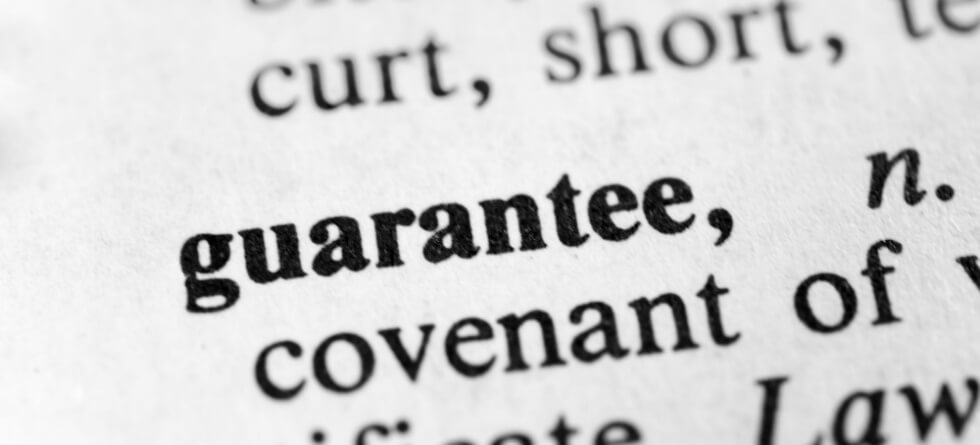When you bail someone out of jail, you essentially agree to take responsibility for ensuring that the person appears in court for their scheduled hearings and trial dates. Bail is a sum of money or property posted to guarantee that the defendant will appear in court as required. If the defendant fails to appear in court, the bail may be forfeited, and a warrant may be issued for arrest.
The process of bailing someone out of jail typically involves the following steps:
- Contacting a bail bondsman: In most cases, you must work with a bail bondsman to post bail for the defendant. The bail bondsman will typically charge a non-refundable fee, usually a percentage of the total bail amount.
- Providing collateral: To post bail, you may be required to provide collateral, such as property or cash, to the bail bondsman. The collateral guarantees that the bail will be paid if the defendant fails to appear in court.
- Signing a bail bond agreement: Once the bail bondsman has agreed to post bail on behalf of the defendant, you will need to sign a bail bond agreement. This agreement outlines the terms and conditions of the bail bond, including the amount of bail, the fee charged by the bail bondsman, and the repayment terms.
- Paying the bail: After you have signed the bail bond agreement and provided any required collateral, the bail bondsman will post bail on behalf of the defendant.
- Ensuring that the defendant appears in court: After the defendant has been released from jail, you must ensure they appear in court as required. If the defendant fails to appear in court, the bail may be forfeited, and a warrant may be issued for arrest.





